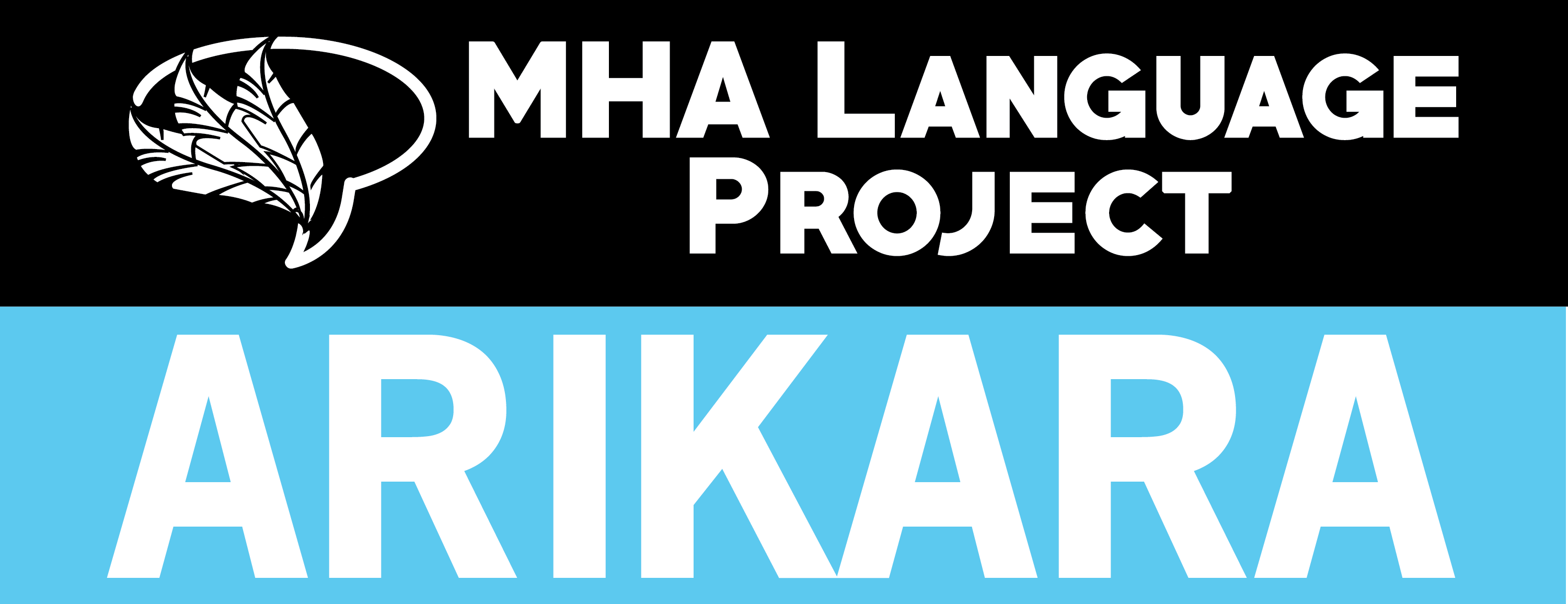After a delightfully productive week, we are saying goodbye to our MHASI 2015 participants…but only until next year! Last week, we lay a lot of groundwork for Teaching Methods Level 1 in all three MHA languages, which included an overview of the sounds, the spelling, the writing, and the reading. Participants focused on familiarizing themselves with the layout of the textbook.
This week, we had the pleasure of working closely with Hidatsa speakers to edit, revise, and improve our Level 2 Hidatsa Textbook which is anticipated to come out next month! Check the Hidatsa Facebook page for a video of Martha BirdBear, Mary Gachupin and Arvella White, having fun while editing Hidatsa Level 2 workbook with instructor John Boyle!
We interviewed organizer Bernadine Young Bird along with participants Martha BirdBear and Lisa Casarez to ask how they felt about this week’s activities and the Institute over all.
Bernadine Young Bird – Those that know Bernie know that she radiates positivity and drive about language teaching. She is passionate about working with youth, and is determined to bring the Hidatsa language back through the use of traditional skills, such as gardening and pottery. When we asked her what she thought about the Institute, she answered very genuinely, “I was a little skeptical last year. I never liked English phonics or grammar when I went to school […] But learning the symbols for the sounds of my language (Hidatsa) is much more interesting to me. These are sounds I already know.” In the end Bernie confessed, “I think I have a much better impression of why we need to learn these things. We have to learn our alphabet. Awareness of our language is growing, so if we value it, our people will begin to value it too.”
Martha BirdBear – Martha is a true role model of a first-language Hidatsa speaker for many members of the MHA community. She has been teaching Hidatsa at the school in Mandaree for 21 years! In addition, more recently, she has started
teaching tribal history. “Some students at the high school are very interested in learning Hidatsa; those are the students who want to keep the language alive,” Martha added, “They seem to respect me and the language.” In fact, many students, past and current, reach out to ask Martha questions about the Hidatsa language or culture – a true sign of respect.When we asked Martha about the Institute, she said, “I really like it. I only wish that more teachers came this year. We should all try to get together and help each other.”
Lisa Casarez – A dedicated Hidatsa student, who happens to have been a student of Martha’s. Lisa has been involved with the Hidatsa language ever since she moved to Mandaree when she was young, and she hopes to become a Hidatsa language teacher one day. “I was really interested in the language and set some time aside to learn outside of the classroom. My ultimate goal is to become fluent.” We asked Lisa what she through about this week’s work on Hidatsa Level 2 materials, and she responded, “While working on the Level 2 workbook I learned a good amount of Hidatsa terminology. I love being here and hearing the language again. I learned a lot here and I’m pretty grateful.”

Did you know? Martha and her sister Mary Gachupin have been working with us to record the language and to help create many new Hidatsa language materials for future learners and speakers. We thank them for their language preservation efforts!
We would like to thank Fort Berthold Community College, the organizers, and the participants of MHASI 2015 for such a welcoming reception of the Institute in MHA Country! We are looking forward to next year’s institute; with new materials, more participants and additional classes to look forward to, we are certain we’ll have a great year ahead of us!

